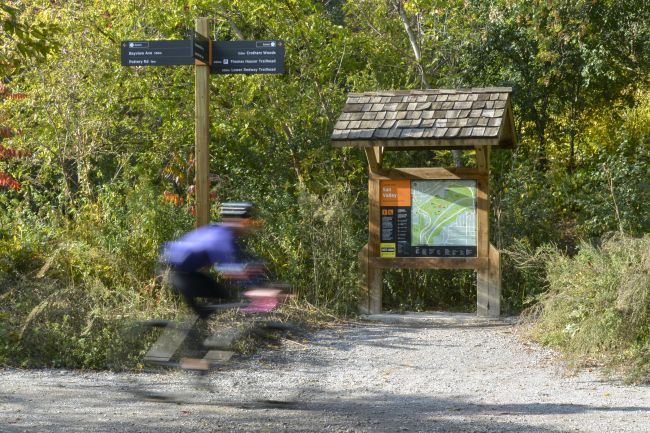What made a successful (and unsuccessful) LSTF bid? The lessons learnt…
After a week of LSTF announcements, we reflect on some of the key trends emerging from the decision making process.

After an interesting week of Local Sustainable Transport Fund (LSTF) announcements, we reflect on some of the key trends emerging from the decision making process and on next steps. Successful bids were high quality bids that demonstrated a coherent package of interventions to help create jobs and cut carbon, with the strong support of local businesses and other partners. Or was it that simple?
The Regions
The level of funding by region broadly matched population profiles, except in the North West and Yorkshire & The Humber. It is fair to assume that this will be rebalanced through the reward of large project funding in June next year. Whilst the Integrated Transport Authority (ITA) areas had a 100% hit rate, it was a mixed bag for other types of authority, although there was no obvious bias between counties, unitary authorities, and metropolitan districts. As an aside, it was also interesting to observe the presentation of results by the defunct ‘regions’.
Objectives and Evidence
There was a strong bias towards cycling, but demonstration of contribution to the two key objectives of economic growth and cutting carbon was imperative. Bids that neglected connecting people to jobs, and businesses to labour markets were at an immediate disadvantage. Paying attention to jobs and carbon, but not making the buzzwords explicit enough and you ran a similar gauntlet. For the next round, it is essential to show where new jobs are, show where unemployment is - and connect them, with reference to skill levels and employment mix. The strength of the evidence-base in terms of number crunching did little to enhance a bid if the other ingredients weren't in place.
Packages
Cycling routes and infrastructure did well, although it needed to be part of a more revenue intensive package. Bids wrapped up in Smarter Choices sparkled. Smart ticketing was also a winner along with new buses, showing Arriva’s positive influence on the judging panel. It wasn’t all good news though. The Department gave a lukewarm response to certain types of measure:
- cycle hire was unsuccessful in counties with only Cambridgeshire getting close with an invitation to resubmit, although unitary authorities fared much better;
- only one out of seven bids for 20mph zones received funding first time round;
- despite recent investment in electric vehicle charging through ‘Plugged-in Places’, over a half of all bids with charging points were rejected; and
- only a third of bids for wayfinding and public realm improvements were successful.
Delivery and Local Support
Almost all Cycle Demonstration Towns and Cities, and Sustainable Travel Demonstration Towns were successful. Being able to demonstrate schemes that were ready for delivery along with a track record in the field was an obvious bonus. Considering Phillip Hammond fought hard for funding in the Comprehensive Spending Review, any LSTF under spend would be a gross embarrassment.
Local support was essential, but a long queue of local businesses and other partners willing to partake did not guarantee success. Could the decision making have been, “if you have so much money around, why do you need LSTF?” Well, obviously it would help, but it does raise an important and final point. All bid authorities have a package of measures they believe are of great importance to their local area and are good to go. Whether successful or not, delivery with the private sector and other local partners has never been more important in local transport than today.
If you would like further information on how Steer Davies Gleave can help you to deliver successful second tranche and large bid project bids, please contact Steven Bishop.



















